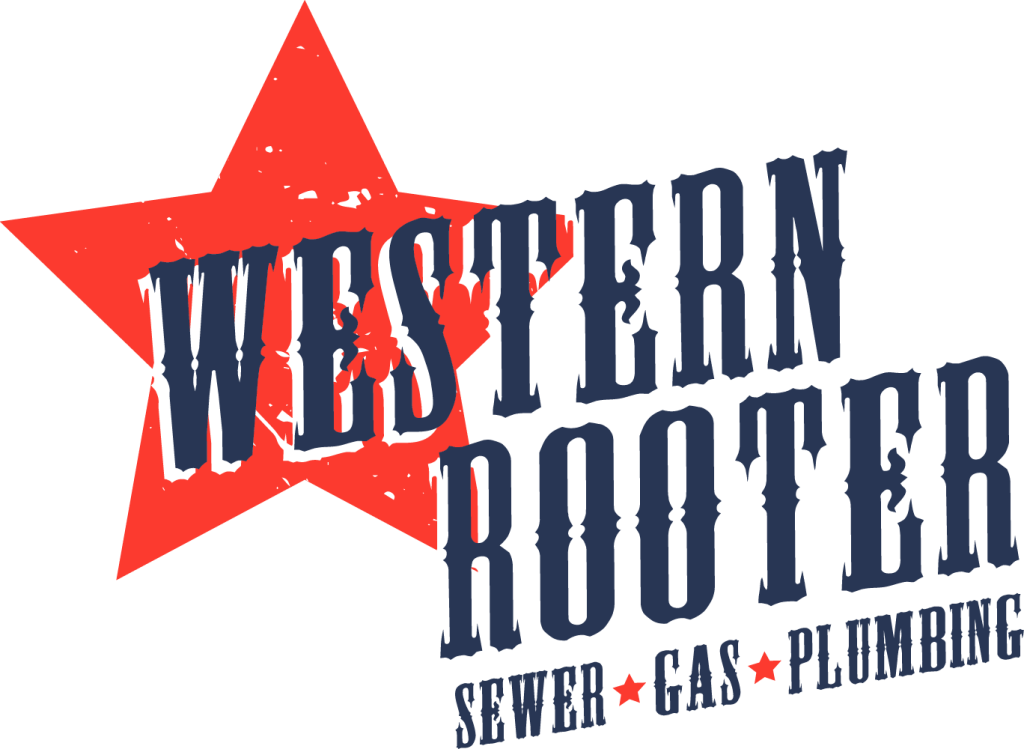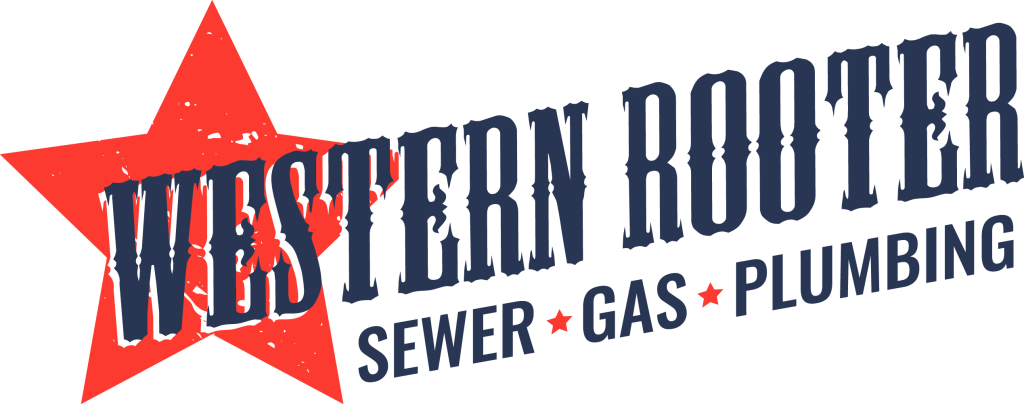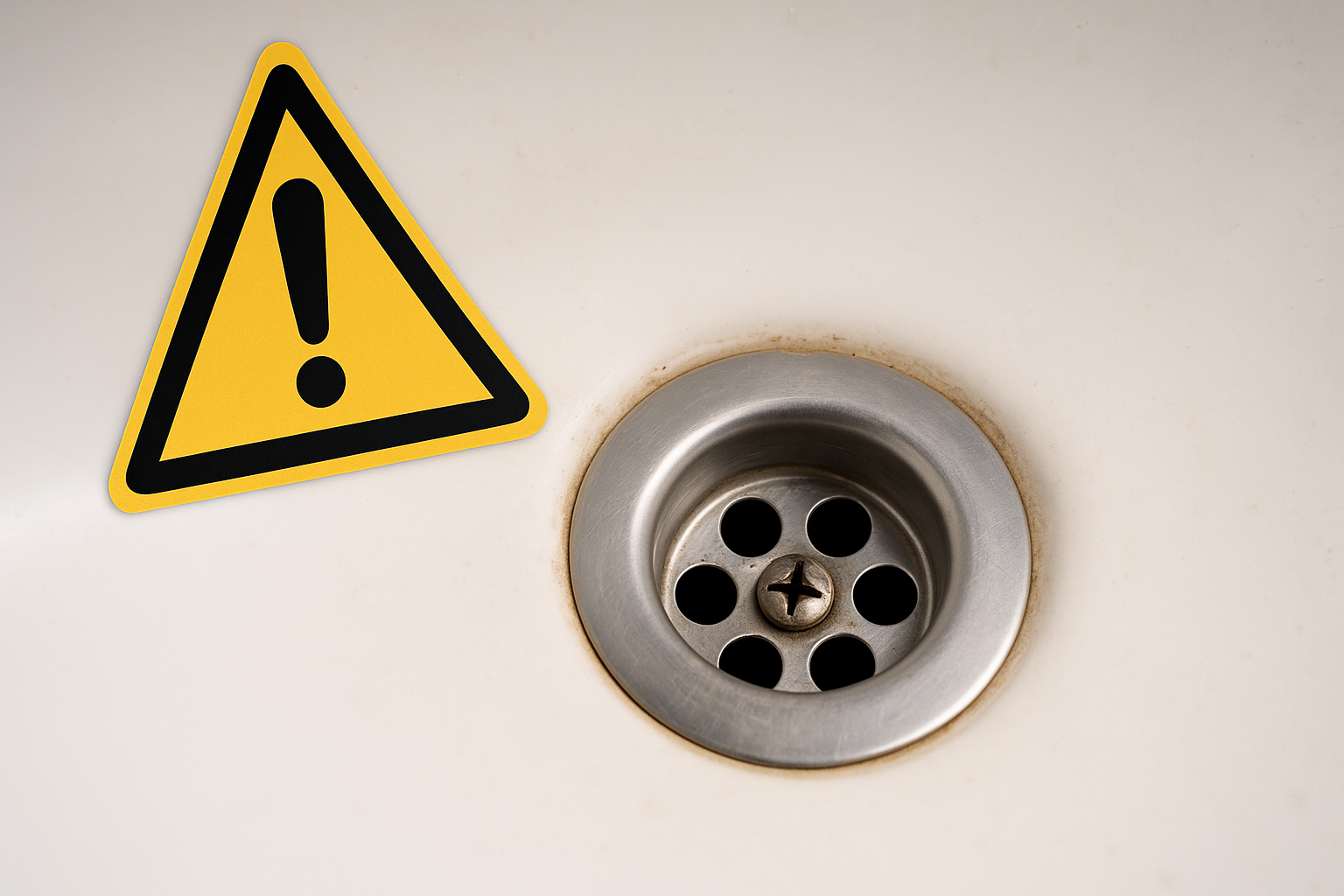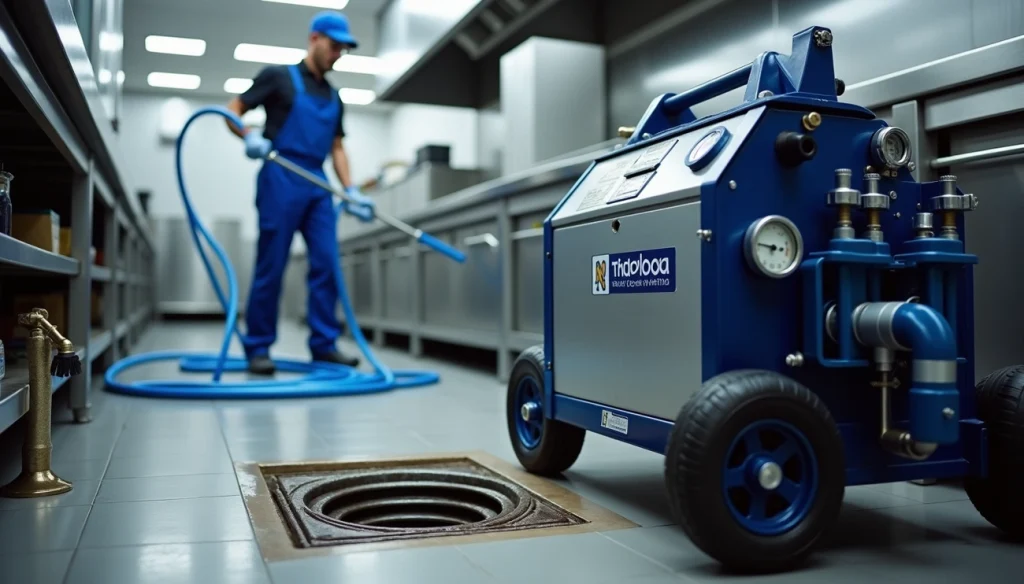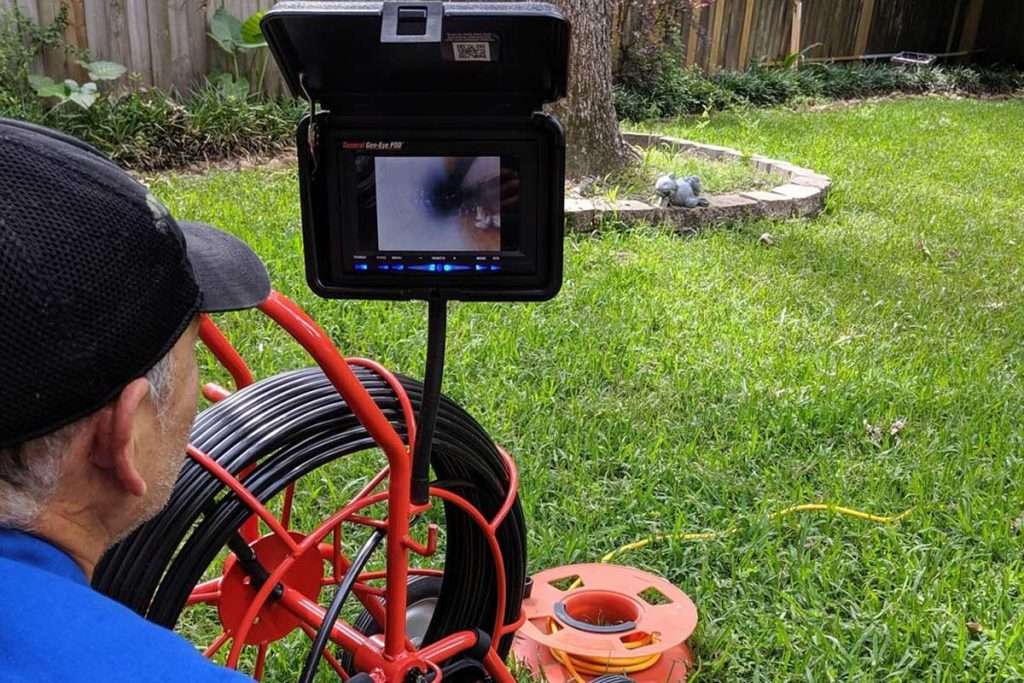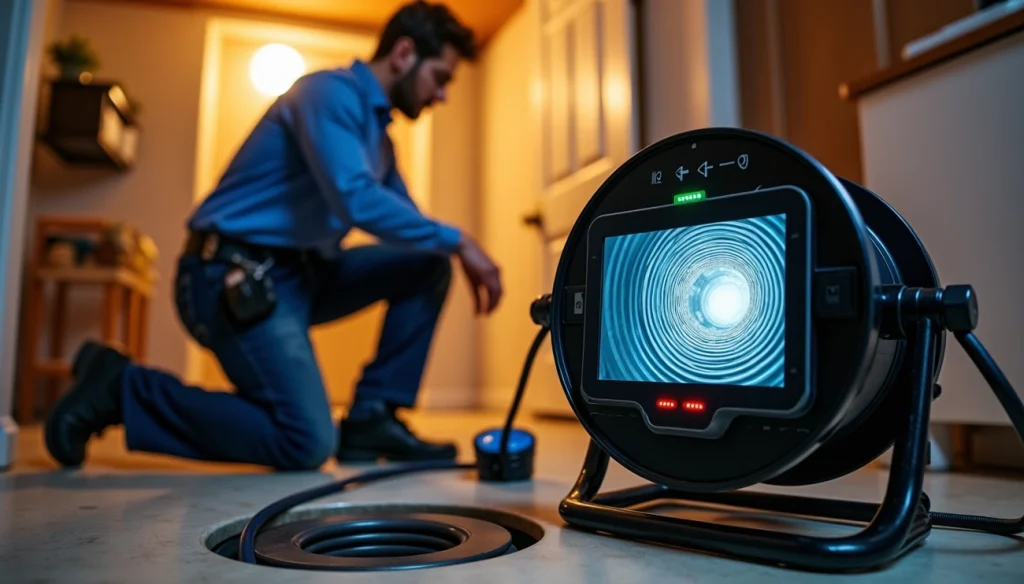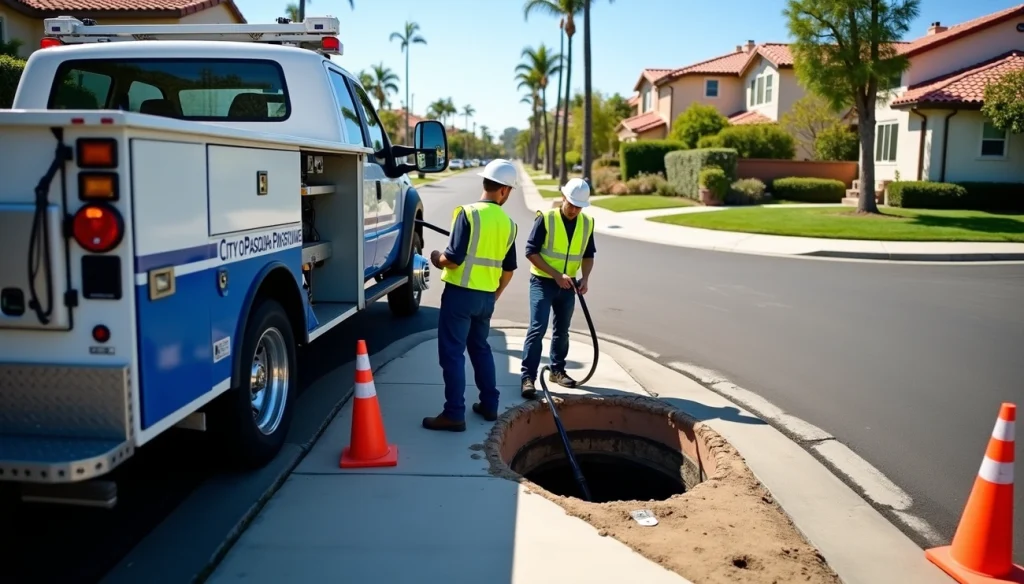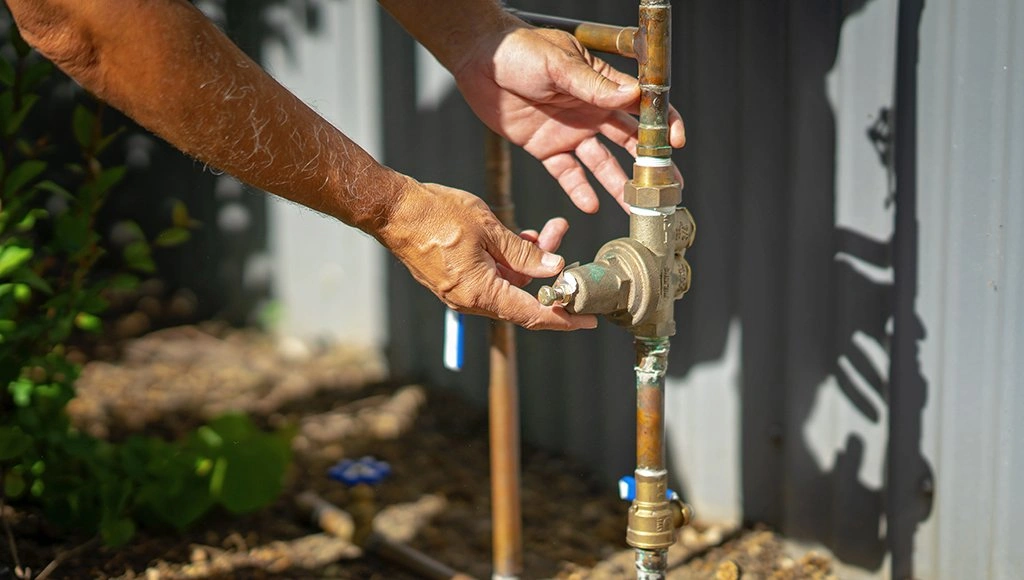Chemical drain cleaners might not be as safe as you think. The numbers tell a shocking story – these products cause about 3,000 injuries every year. That simple bottle hiding under your sink holds dangerous chemicals like lye, bleach, and sulfuric acid. These substances can burn your skin and lead to severe injuries.
Many people see chemical drain cleaners as a quick solution to clogged pipes, but the risks are serious. These corrosive chemicals don’t just clear clogs – they can destroy metal, plastic, and wood pipes over time. This damage can lead to leaks or burst pipes that get pricey to fix. The toxic fumes from these cleaners can harm your eyes, nose, throat, and lungs. Next time you spot a clog, think twice before grabbing that bottle. This piece explains how these cleaners work and reveals the dangers that plumbers want you to know.
How do chemical drain cleaners work?
Chemical drain cleaners might look like magic in a bottle. A closer look at their working mechanism reveals their effectiveness and what it all means. These powerful cleaning agents break down the most stubborn clogs in your pipes through aggressive chemical reactions.
What’s inside a typical drain cleaner
You’ll find three main categories of chemical drain cleaners, each with its own unique chemical makeup:
- Caustic drain cleaners contain sodium hydroxide (lye) and potassium hydroxide. These strong alkaline compounds come in solid or gel form and work best on grease clogs.
- Acidic drain cleaners contain highly concentrated sulfuric acid or hydrochloric acid. Professional plumbers use these powerful acids. They’re too corrosive to sell to regular consumers.
- Oxidizing drain cleaners include sodium hypochlorite (bleach), hydrogen peroxide, and nitrates—chemicals you’ll find in many household cleaners.
Some products include surfactants that help break down surface tension. This allows the cleaner to get deeper into clogs. A few drain cleaners even add aluminum particles that react with other ingredients to create heat.
How chemical reactions break down clogs
Different types of drain cleaners use unique chemical mechanisms. They all share one thing in common – aggressive reactions.
Caustic cleaners transfer electrons to the clogging material. Lye starts a saponification reaction when it touches grease and fat. This turns the grease into something like soap that water can wash away easily. The aluminum in solid caustic cleaners mixes with lye to create hydrogen gas and heat. The temperature rises almost to boiling point, which speeds up the breakdown process.
Oxidizing cleaners steal electrons from organic materials such as hair and food waste through oxidation. These products weigh more than water, so they sink through standing water right to the clog. The oxidation process makes the clogging material heavier and easier to flush.
Acidic cleaners use acid hydrolysis to break big molecules into smaller ones by adding acid and water. They excel at dissolving proteins like hair, paper, and other organic materials.
Heat plays a vital role in all these reactions. It melts hardened grease and other semi-solid materials blocking your pipes.
Why reactions can be unpredictable
The chemical reactions in drain cleaners can become dangerous quickly for several reasons.
Your pipes might already contain other chemicals. Drain cleaners can react violently—sometimes explosively—with previously used cleaning products. To cite an instance, see what happens when an acidic cleaner meets a bleach-based product – it releases toxic chlorine gas.
The intense heat from these chemical reactions can damage your pipes. PVC plastic pipes face the highest risk of heat damage, which leads to leaks or complete pipe failure over time.
Results vary based on what’s clogging your pipe. The cleaner might get your water flowing again, but parts of the blockage often stick around. This makes it easy for new clogs to form. That’s why many clogs come back soon after using chemical cleaners.
These products attack everything they touch. The same reactions that dissolve the clog also harm your pipes, fixtures, and wastewater systems.
Health risks add another layer of unpredictability. Improper use can result in severe burns to skin and eyes. These chemicals release toxic fumes and create dangerous situations for everyone in your home.
Chemical drain cleaners work well at breaking down clogs. But their unpredictable nature raises big questions about whether they’re worth the risks to your health, home, and the environment.
Hidden Danger #1: Damage to your plumbing system
Chemical drain cleaners do more than just clear your sink – they slowly destroy your plumbing system. The quick fix you get comes at a heavy price that you might not see until it’s too late.
Corrosion of metal and plastic pipes
These cleaners can’t tell the difference between clogs and your pipes. The harsh chemicals that dissolve hair and grease will eat away at your plumbing just as aggressively.
Most cleaners have powerful acids like sulfuric acid or strong bases like sodium hydroxide (lye). These caustic ingredients create heat through chemical reactions that break down clogs. The heat doesn’t just target the blockage – it damages everything it touches.
Metal pipes face the worst damage:
- Old metal pipes with rust are very vulnerable
- Chemicals seep into tiny holes in the metal and speed up existing corrosion
- New metal pipes aren’t safe either – these cleaners eat through copper, iron, and steel as time passes
Plastic pipes don’t handle it any better:
- Heat from chemical reactions can make PVC pipes soft and twisted
- This twisting makes the pipes weaker
- These cleaners can melt plastic pipes in the worst cases
The scariest part? These products don’t just wash away. Left-over chemicals stay in your pipes and keep causing damage long after your clog is gone.
Risk of leaks and long-term pipe failure
The damage might look small at first. But over time, the buildup guides you toward serious plumbing problems that cost way more than a professional drain cleaning.
Here’s how the damage usually happens:
Regular exposure to harsh chemicals makes pipes brittle and weak. Small cracks start showing up, mostly at joints and connections where stress already exists. The chemicals weaken pipe seals too, which creates weak spots throughout your plumbing.
The heat from chemical reactions can crack the joints and seals between pipes, and leaks start to appear. If you keep using chemical cleaners, these small issues turn into big problems.
These cleaners hide deeper plumbing issues. They might get things flowing again, but often leave parts of clogs behind – which attracts more blockages later. On top of that, they don’t deal very well with real problems like tree roots or built-up grease.
Houses with older plumbing face much bigger risks. Cast iron, clay, or old PVC pipes break down faster when harsh chemicals touch them. A simple clog can turn into collapsed pipes that need expensive replacement.
The worst part? By the time you notice the signs – water spots, low water pressure, or strange smells – your pipes have already taken serious damage behind walls or under floors.
That $10 fix for a clogged drain ended up costing thousands in plumbing repairs and water damage fixes.
Hidden Danger #2: Serious health risks
Your body can’t handle chemical drain cleaners as well as your pipes can. These products are the most caustic substances you can legally buy, and they create health risks way beyond typical household accidents.
Skin burns and eye irritation
Chemical drain cleaners can damage your skin and eyes instantly. These products contain highly corrosive substances like sodium hydroxide and sulfuric acid that attack human tissue right away. The damage can be severe:
- Chemical burns range from mild irritation to severe tissue damage based on concentration and exposure time
- Painful blisters and rashes need immediate medical care
- Burns happen even with protective gear if products splash back from drains
Eye contact creates an even bigger danger. Drain cleaner splashes can cause intense pain, burning, and permanent vision loss. You must act fast with first aid—rinse your eyes under running water for 15-20 minutes before getting medical help.
Toxic fumes and respiratory issues
The fumes from chemical drain cleaners can harm you just by breathing near them. These vapors damage your respiratory system now and later:
Your nose, throat and lungs get irritated right away, which might trigger asthma attacks or make breathing difficult. The fumes can burn your entire respiratory tract if you breathe them too long.
The long-term effects should worry you too. Drain cleaners release VOCs that cause headaches, nausea, dizziness, and harm your kidneys, liver, and central nervous system. People exposed regularly face higher risks of chronic respiratory diseases.
The scariest part? Mixing different drain cleaners or other household chemicals creates deadly toxic gasses like chlorine gas. Good ventilation helps but bathrooms usually lack proper airflow.
Risks to children and pets
Homes with kids and pets face extra dangers. The ASPCA Animal Poison Control Center reports that cleaning products make up 8.3% of all pet poison calls. Even tiny amounts can kill animals.
Pets show these warning signs:
- Drooling, vomiting, and lethargy
- Breathing problems including coughing
- Chemical burns on skin or in mouth
Kids face similar dangers, and drain cleaners sometimes smell sweet enough to attract them. Swallowing these chemicals leads to severe internal damage, stomach pain, bleeding, tissue damage, and possible death.
Each year in the US, drain cleaners hurt about 3,000 people, with heat burns making up one-third of injuries. You need medical help right away for any exposure—doctors can only treat the damage, not reverse it.
Of course, chemical drain cleaners offer convenience, but these health risks make you wonder: are chemical drain cleaners safe enough to keep around your house?
Hidden Danger #3: Environmental and septic system impact
Chemical drain cleaners don’t just damage your home’s plumbing system. These harsh substances keep destroying the environment long after they fix your clog.
Contamination of water sources
Chemical drain cleaners flow through your pipes into wastewater systems and eventually reach natural water bodies. A 2021 EPA report shows that 46% of U.S. rivers and streams suffer from poor biological condition. Household chemical runoff plays a major role in this degradation.
These chemicals harm aquatic ecosystems in several ways:
- Water bodies experience pH level changes that harm species sensitive to acid levels
- Fish and other aquatic life die from toxic ingredients like sodium hydroxide and sulfuric acid
- The food chain gets contaminated as environmental toxins build up through bioaccumulation
Treatment facilities struggle to filter out or neutralize all the toxic ingredients in drain cleaners effectively.
Harm to beneficial bacteria in septic tanks
Homes with septic systems face an even bigger threat from chemical drain cleaners. These systems need a careful balance of good bacteria to work properly.
Drain cleaner chemicals kill these vital microorganisms and disrupt the entire waste breakdown process. This disruption leads to:
- Buildup of sludge over time
- System failures that get pricey to repair
- More frequent septic pumping needs
- Drain field damage
The bacterial population needs up to 48 hours to recover after exposure to even small amounts of drain cleaner. Regular use of these products can destroy your septic system’s function completely.
Non-biodegradable waste in landfills
The environmental damage goes beyond water pollution. Bottles and leftover chemicals often end up in landfills, creating more hazards.
Many drain cleaner chemicals persist in the environment without breaking down. They accumulate and cause long-term contamination. Leaking pipes let these chemicals seep into surrounding soil, affecting soil systems too.
The production and shipping of these caustic chemicals add to environmental harm through increased carbon emissions and possible chemical spills during transport.
Hidden Danger #4: They don’t fix the real problem
Chemical drain cleaners have one big irony – they just don’t work the way they’re advertised. These products promise quick and easy fixes, but they fail to fix what’s really causing your drain problems.
Temporary relief vs. root cause
The labels on these cleaners tell one story, but reality tells another. These products only create tiny paths through clogs instead of clearing them out. The leftover gunk becomes a magnet for new buildup in a few days or weeks. Before you know it, you’re pouring more cleaner down the drain.
You get stuck in this loop of short-term fixes. The water might drain faster at first, which makes you think it’s working. But the real problem keeps getting worse. The cleaners just hide the symptoms without fixing the actual cause – whether that’s hair, grease, or something more serious.
Sure, these products can break down some organic stuff like hair and grease. But they can’t do anything about solid objects, tree roots, or damaged pipes. Most homeowners figure this out only after they’ve emptied several bottles down their drains with less and less success.
When clogs signal deeper plumbing issues
Drains that keep clogging often point to bigger problems in your plumbing system. Here’s what might be happening:
- Pipe bellying (sagging sections that collect debris)
- Tree root intrusion into sewer lines
- Improper pipe slope causing inadequate drainage
- Collapsed or broken pipes requiring repair
Chemical solutions stop you from finding these real problems. The original issue usually gets much worse while you’re trying different cleaners. This leads to bigger, more expensive repairs down the road.
Professional plumbers don’t guess – they use video inspection cameras to find the exact cause of drainage problems. This lets them target the specific issue instead of dumping corrosive chemicals down your drain and hoping for the best.
The question “are chemical drain cleaners safe” misses the point. These cleaners aren’t just potentially dangerous – they’re also terrible at fixing the problems they claim to solve.
Conclusion
Safer Alternatives: What Professional Plumbers Recommend
You might question if chemical drain cleaners are worth the risk after learning about these hidden dangers. Professional plumbers strongly advise against them. The quick convenience these products promise doesn’t justify the potential risks of pipe damage, health hazards, environmental harm, and poor results.
Several safer options can clear clogs without the associated dangers:
- Mechanical methods like plungers and drain snakes remove blockages physically without harmful chemicals. These tools clear most common clogs and keep your plumbing system intact.
- Enzymatic cleaners use bacteria cultures and enzymes that break down organic material naturally. They take longer than chemical options but work without damaging pipes or creating health risks.
- Homemade solutions like baking soda and vinegar create a foaming reaction that breaks up many clogs. This mixture works well with hot water to fix minor blockages safely.
- Professional drain cleaning services give you the most complete solution. Plumbers use specialized equipment such as hydro-jets and video inspection tools to find and fix the root cause of stubborn clogs.
Chemical drain cleaners’ track record speaks volumes. These products harm pipes, create serious health risks, damage the environment, and don’t deal very well with underlying plumbing problems. The quick fix promised on those hazardous bottles brings collateral damage that outweighs any short-term benefits.
Prevention works best—using drain strainers and keeping grease away from drains—but clogs happen anyway. Choose safer options that protect your plumbing system’s health and the environment when they do. Your pipes—and your plumber—will appreciate it.
